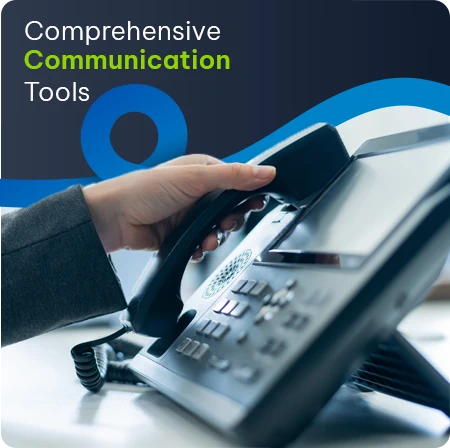Careful planning forms the core of an intricate, yet reliable, home Wi-Fi network.
Almost anyone who has used the Internet will recognise the phrase “best effort service”. It sounds almost dirty, doesn’t it?
Internet Service Providers (ISPs) are forced to adopt this model and a few others, including the use of contention ratios (shared Internet access) and Acceptable Use Policies (AUPs), to make Internet access affordable for the home user.
Sadly, “best effort” means that we don’t always get optimum performance or the highest support priority when we need it.
This brings us to the importance of home Wi-Fi planning.
When planning, ask yourself:
- How big is my home and what is it made of?
- In South Africa, the structures between floors mostly consist of solid concrete, which is not easily penetrated using the current Wi-Fi spectrum. A high-quality wired LAN extension is often recommended as a solution here.
- How are all my devices powered?
- Access to power outlets is often neglected when designing your home Wi-Fi network and can result in having to run multiple extension cords or new power cables. Some devices may even be powered over Ethernet cables connected to your access point. It’s important to accommodate these devices in your design, including potential power over Ethernet (POE) switches or power injectors.
- What devices am I connecting?
- The type of device requiring access and intended usage will also impact the design of your optimum solution. Smart TVs or streaming HD video content will require more throughput than a door sensor.
- Which devices are most important?
- It’s possible to prioritise certain devices on your Wi-Fi network. This is especially relevant when working from home and you want to ensure a video conference with your boss takes preference over your children’s screen time.
- Should I rent or buy?
- Old or damaged equipment usually ends up in a cupboard somewhere, requiring more money to repair or upgrade. A rented solution can be a lot easier on the budget and requires a much smaller cash outlay upfront.
The light at the end of the tunnel is this: If we use technology with a plan to meet our specific needs it can improve our quality of life in an effective and cost-efficient manner.












